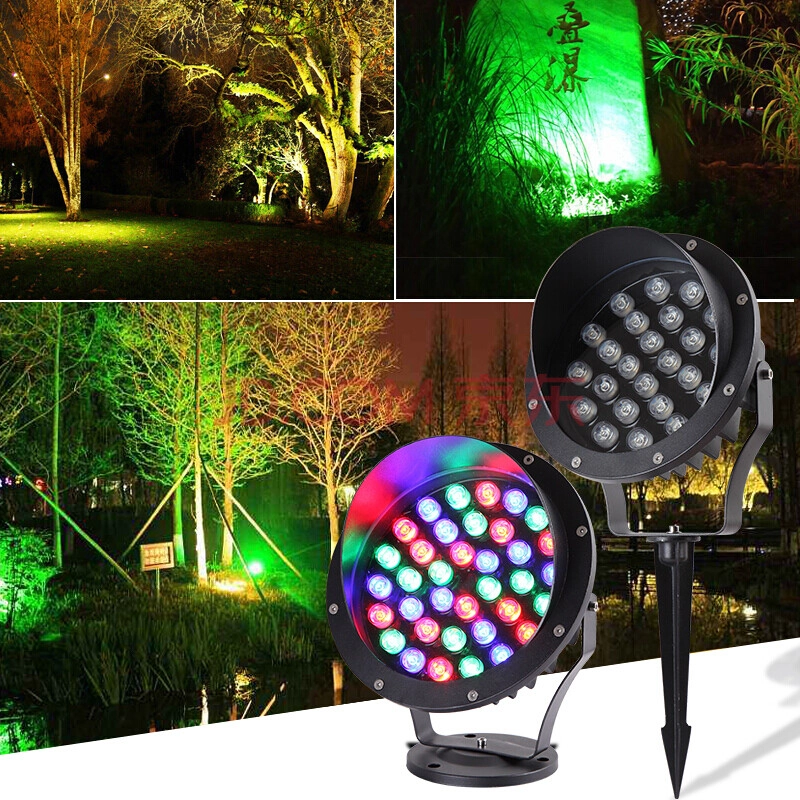The luminescence principle of colorful LEDs is as follows: To understand the luminescence principle of colorful LEDs, we must first understand the three primary colors of red (R), green (G), and blue (B). These three colors can be combined to obtain other different colors.
For example, when red light and green light are lit at the same time, red and green light are mixed into yellow. The color-changing principle of color-changing lamps is that when two LEDs are lit by three primary color LEDs respectively, yellow, purple, and cyan can be emitted (for example, purple light is emitted when red and blue LEDs are lit). If red, green, and blue LEDs are lit at the same time, white light will be produced.

If there is a circuit that can make red, green, and blue LEDs light up in pairs, light up individually, and light up the three primary color LEDs at the same time, seven different colors of light can be emitted, so the phenomenon of colorful LED lights appears. Due to their different superposition ratios, different colors are produced.
Color LEDs are widely used. Since color LEDs can emit different lights and are periodic, they are often used in advertising characters, light box backlights, point light sources, lighting products, electronic instruments, furniture decoration, toys and gifts, etc.
